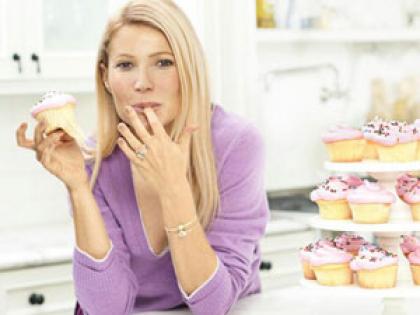Food images beckon to consumers from seemingly everywhere, from advertising, to menus and packaging, and social media - and seeing someone eat unhealthy food is enough to make you do the same thing, according to research from the University of San Digeo.
“Many food images portray the food alone, but many portray a person consuming the food,” explains Professor Morgan Poor.
This begged the question: can seeing an image of someone else eating food influence another person’s taste and perceptions?
The answer? According to Professor Poor and colleagues, is a ‘yes, but only in some circumstances’.
"Imagine a scenario in which a consumer walks into a bakery and sees an image of a person savouring a cupcake displayed on the wall behind the counter. We wondered whether seeing this image leads the consumer to enjoy her own cupcake more or less than if the image had shown just the cupcake alone."
The researchers explored this question through a series of experiments, in which participants were shown either food images or someone eating food and then tasted and evaluated a sample of the featured food.
They found that images of people eating unhealthy foods led to increased taste perceptions. However, for healthy foods (such as fruit and nuts), the type of image did not matter.
Professor Poor says this is because there is an inherent conflict between the desire to eat something healthy or unhealthy. He adds that consumers are motivated to justify their indulgences, so much so that even just seeing an image of someone else eating an unhealthy food is enough to reduce conflict and increase taste perceptions.
“Seeing someone else eat an unhealthy food is social proof that it is acceptable. It makes you feel less guilty about it and reduces the internal conflict about having it. With healthy food – whether someone is eating it or not – it doesn’t matter, as you already know it’s healthy.”
He believes it is worthwhile being mindful of the type of images food companies and retailers use given the conflict their products can evoke.



















__small.png)










